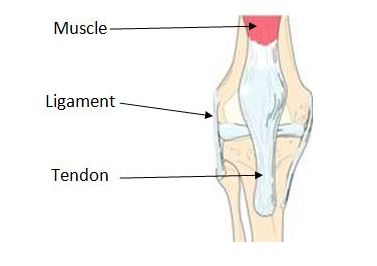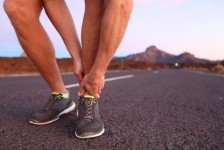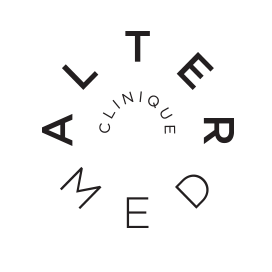Montreal masso-kinesitherapy
What is a muscle ?
A muscle is a bundle of fibers that have the ability to contract and relax and allow movement.
There are 3 types of muscle in the body: skeletal muscle, smooth muscle, and cardiac muscle. One can consciously control skeletal muscles; however, smooth (mainly in organs) and cardiac (heart) muscles contract involuntarily.
Muscles have tendons at their ends that attach them to bones (usually 2 separate bones). The contraction of the muscle allows the movements and the locomotion of the body.
What is a tendon?
A tendon is a bundle of fibrous connective tissues that generally serve to attach muscles to bones. Tendons work together with muscles to mobilize and move bones.
What is a ligament?
Ligaments, like tendons, are made of fibrous connective tissue. However, ligaments bind bones together to create joints.
Ligaments can limit movements and prevent others. Their main role is to stabilize the joints.
Sprain, strain and stretch (elongation): what's the difference?
A sprain is an injury that occurs to the ligaments when there is stretching of the muscles or tendons. The joint is then pulled beyond its normal range of motion and causes the ligament to stretch or tear. A strain is a stretching or tearing in the muscle or tendon that does not affect the ligament.
In both cases, the symptoms are similar and include: pain, inflammation and possibly the inability to move the affected joint.
A stretch (elongation) usually occurs where a muscle and a tendon attach together. This musculotendinous junction is prone to injury when a person is in action (eg running) and a muscle contracts involuntarily while stretched. Symptoms of a stretched muscle include: pain, muscle spasms, loss of strength and poor range of motion.
Severity of sprains and stretches
Sprains  and stretches are classified according to their severity. A Grade I (mild) sprain or strain involves minimal stretching or tearing of a ligament or muscle. A grade II (moderate) sprain or strain is a ligament or muscle that is partially torn but remains intact. A Level III (severe) sprain or strain means that the ligament or muscle is completely torn, causing the joint to become unstable.
and stretches are classified according to their severity. A Grade I (mild) sprain or strain involves minimal stretching or tearing of a ligament or muscle. A grade II (moderate) sprain or strain is a ligament or muscle that is partially torn but remains intact. A Level III (severe) sprain or strain means that the ligament or muscle is completely torn, causing the joint to become unstable.
Treatment
When you are injured, observe the following instructions as soon as possible:
- Protect the injured area
- Rest the injured area
- Apply ice to the injured area for at least 20 minutes, 3 times a day.
- Compress the injured area to help prevent inflammation (don't overtighten though)
- Elevate the injured area above the heart to
prevent inflammation.
Level I injuries usually heal quickly, and a combination of proper exercise and stretching can help regain initial strength and flexibility.
Level II injuries are treated similarly but may require immobilization of the joint to allow proper healing.
Level III injuries are more severe and most often require immobilization and sometimes surgery to regain normal function.
In any case, it is important to be assessed by a health professional in order to define a treatment plan together. With the right approach, most people can heal their sprains and strains without long-term side effects.
Daniel Godin, Masso-kinesitherapist


